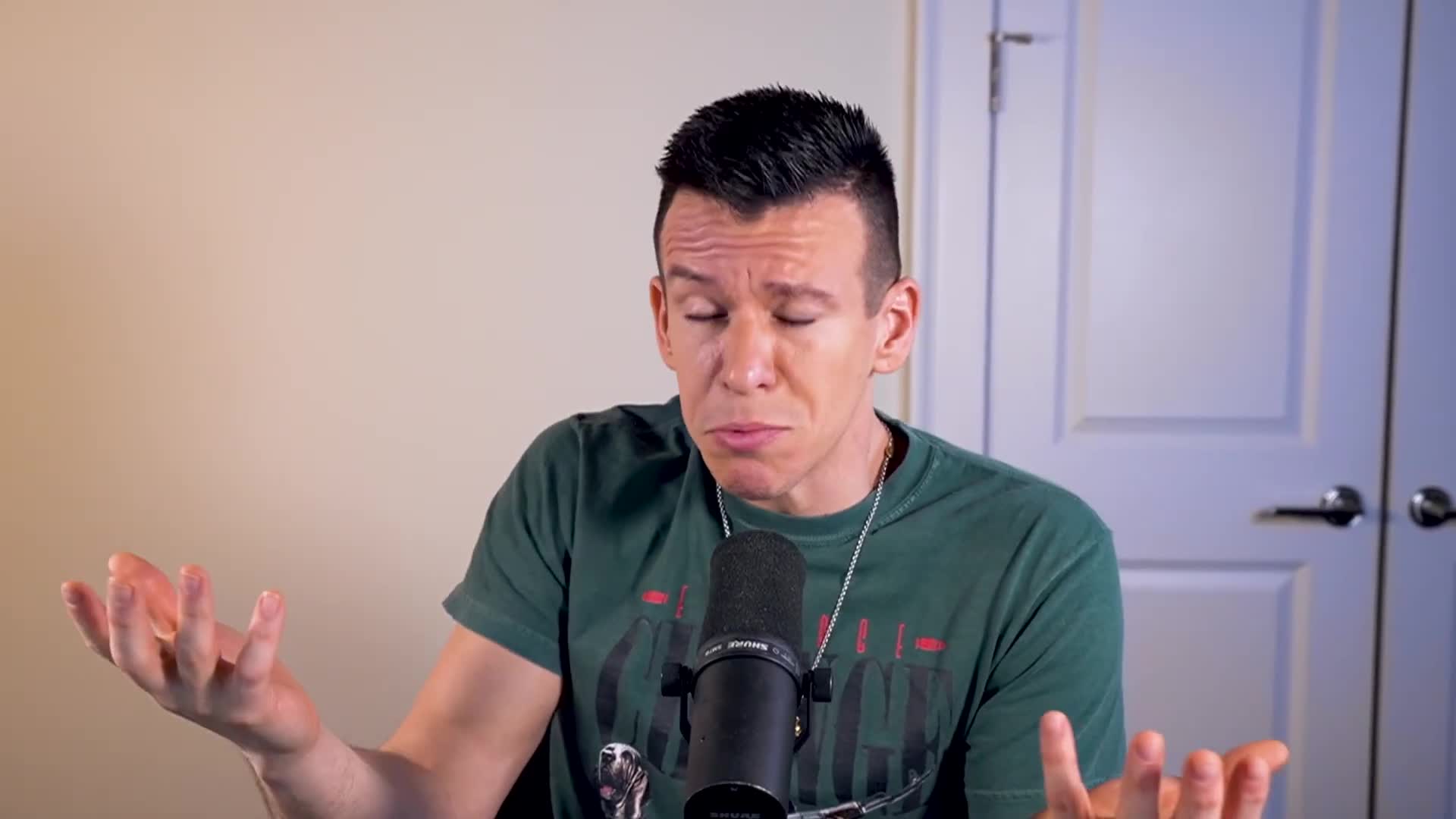Foreign Aid Policy
Foreign aid policy encompasses the strategies and frameworks through which wealthier nations or international organizations extend financial, technical, or material assistance to developing countries. This aid aims to stimulate economic growth, enhance welfare, and address pressing global challenges, including poverty, health issues, and climate change. With roots tracing back to post-World War II initiatives like the Marshall Plan, foreign aid has since evolved to include various forms such as grants, concessional loans, military support, and humanitarian relief, which can be delivered bilaterally or multilaterally. The relevance of foreign aid policy is underscored by its multifaceted objectives, aiming not only to alleviate suffering and foster sustainable development but also to serve the strategic interests of donor countries. For instance, assistance is commonly used to build diplomatic relationships, promote democracy, and combat geopolitical adversaries. However, the effectiveness of foreign aid remains a topic of intense debate, with critics highlighting the risk of dependency and the potential for aid to prioritize donor countries' interests over those of recipients. Recently, significant shifts in U.S. foreign aid policy have emerged, including funding cuts and a strategic pivot towards direct partnerships with recipient governments. These changes reflect the ongoing dialogue about the effectiveness and ethical implications of foreign aid, further complicating the landscape of international development assistance and humanitarian efforts.
What allegations surround USAID's funding related to India's elections?
According to the clip, USAID allegedly allocated $21 million to increase voter turnout in India, raising concerns about potential foreign election interference. This funding allocation has drawn criticism, particularly since former US President Donald Trump explicitly stated that India does not require such financial support from the United States. This controversy appears to be part of broader allegations about USAID's involvement in foreign electoral processes, suggesting possible misuse of American taxpayer money for political rather than humanitarian purposes. The report frames this as a concerning example of questionable foreign aid practices that may require greater accountability.
Watch clip answer (00:23m)What deal is Trump proposing to Ukraine regarding U.S. aid?
Trump is proposing a transactional arrangement with Ukraine where they would secure continued U.S. support by offering access to their rare earth minerals and other natural resources. This suggests a shift toward a more exchange-based foreign policy approach rather than unconditional aid. The deal would essentially require Ukraine to leverage its valuable natural resources as collateral or payment for the military and financial assistance they receive from the United States amid their ongoing conflict with Russia.
Watch clip answer (00:08m)What potential impacts could US foreign aid cuts have on global relations?
The cuts to US foreign aid could significantly affect diplomatic relations, trade agreements, and everyday economic stability in countries that previously relied on US assistance. While much election discourse focuses on domestic prices like gas and eggs, the international consequences remain uncertain but potentially concerning. Beyond the already discussed impacts on neighbors like Mexico and Canada, and trade tensions with China, particular concern exists for the many nations previously supported through USAID programs. These cuts may reshape America's global influence and relationships with allied nations worldwide, creating diplomatic and economic uncertainty.
Watch clip answer (00:23m)What action has the Trump administration taken regarding USAID and how does it impact the agency's workforce?
The Trump administration has effectively shut down USAID, placing nearly two-thirds of the agency's 10,000 employees on administrative leave starting Friday. These workers are being pulled from their postings abroad and instructed to return home, with only designated personnel responsible for mission-critical functions remaining active. This abrupt decision has created significant operational chaos, as it's unclear who will process travel arrangements and hardship exceptions when most staff are being removed. The State Department is supposedly working on plans to arrange and fund the relocation of thousands of workers and their families, though experts estimate this will cost tens of millions of dollars while agency spending remains frozen.
Watch clip answer (01:18m)What is Donald Trump proposing for the future of Gaza?
Donald Trump is proposing to transform Gaza into something so appealing that its displaced residents wouldn't want to return to their homes. In his words, he hopes 'we could do something really nice, really good where they wouldn't want to return.' Trump characterizes Gaza as 'hell' and 'one of the meanest, toughest places on earth,' suggesting his plan would dramatically change its current state. His proposal implies creating an alternative that would effectively discourage Palestinians from returning to their homeland, which has sparked controversy as many view it as supporting displacement of the indigenous population.
Watch clip answer (00:13m)What protests are taking place against Trump and Project 2025?
Protests against Trump and Project 2025 are occurring nationwide, with hundreds of demonstrators gathering in the nation's capital joined by Democratic lawmakers. Protesters reportedly chanted phrases like 'lock him up' and 'do your job' during these demonstrations. This activity is part of a coordinated movement planning 50 protests across all 50 states on the same day, with many events strategically organized at state capitals. The Washington D.C. protest is just one part of this broader national mobilization against the administration's policies, including concerns about the shutdown of USAID.
Watch clip answer (00:25m)




